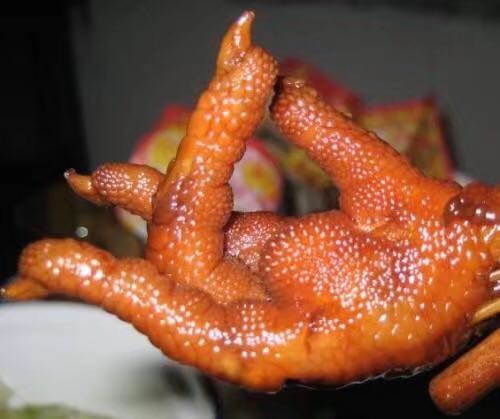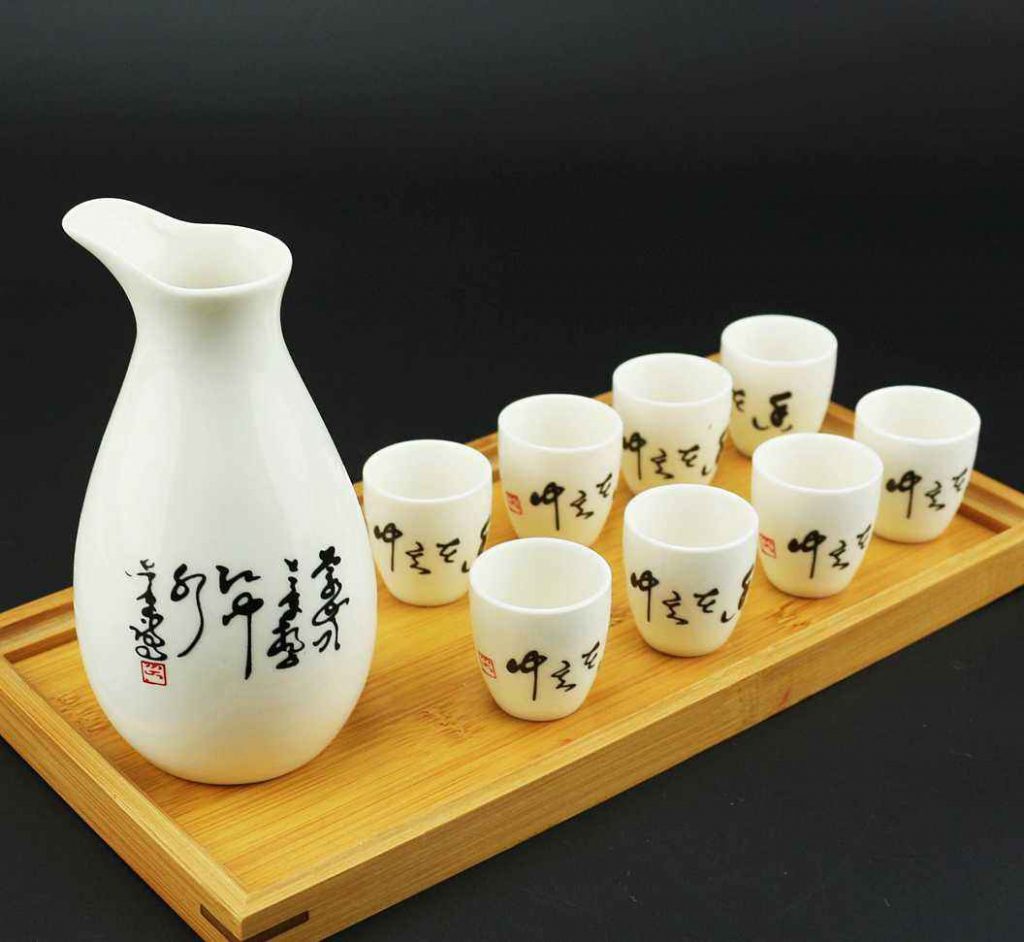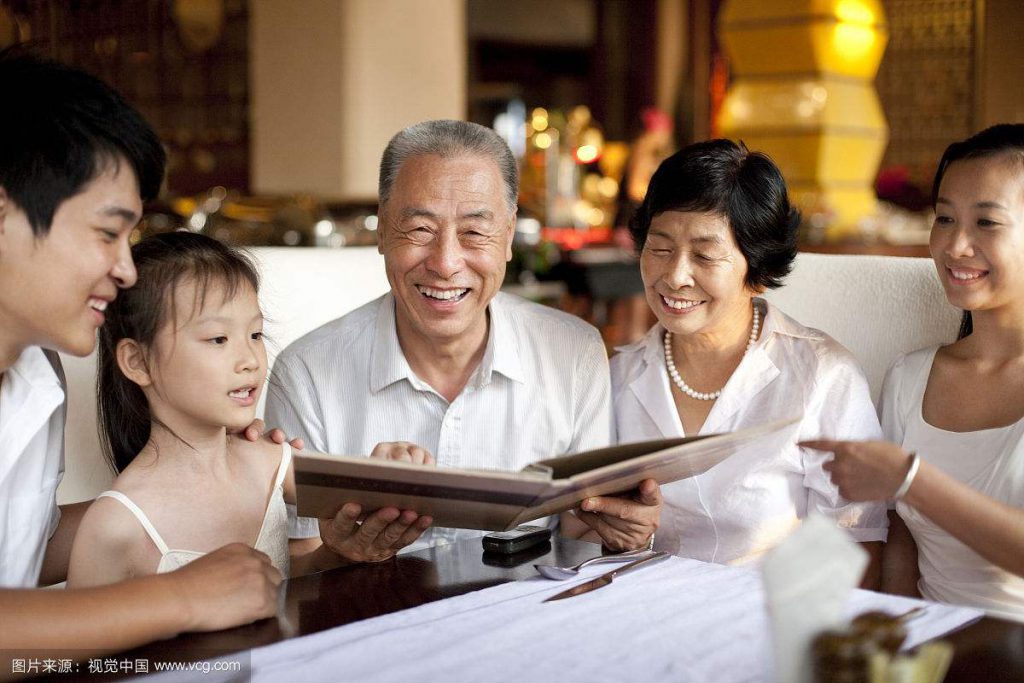Essential Chinese Dining Etiquette for International Guests

When it comes to experiencing a new culture, one of the most immersive ways is through its cuisine. With its rich flavors and diverse dishes, Chinese cuisine is a favorite among food enthusiasts worldwide. However, dining in China is not just about the food itself but also about observing and respecting Chinese dining etiquette. Understanding and following these customs can significantly enhance your dining experience and leave a positive impression on your Chinese hosts. This article will explore the essential Chinese dining etiquette that every international guest should know.
The importance of understanding Chinese dining customs
In Chinese culture, dining is not just about satiating hunger; it is a social event that fosters relationships and strengthens bonds. By familiarizing yourself with Chinese dining customs, you demonstrate respect for the culture and show your hosts that you value their traditions. Moreover, following Chinese dining etiquette can help you avoid unintentional faux pas and ensure a smooth and enjoyable dining experience. Whether attending a formal banquet or sharing a meal with friends, understanding and practicing Chinese dining etiquette will help you navigate any dining situation with ease and grace.
Chinese dining etiquette basics
Before delving into specific customs, let’s first understand some basic Chinese dining etiquette. In Chinese culture, waiting for the host or the eldest person at the table to start eating before you begin is customary. This gesture shows respect and acknowledges the hierarchy within the group. Additionally, it is considered impolite to leave any food on your plate, as it symbolizes wastefulness. So, be mindful of your portion size and try to finish everything served to you. Lastly, expressing gratitude and appreciation for the meal is customary by saying “xiexie” (thank you) to your host at the end.
Seating arrangement and table manners
In Chinese dining, seating arrangement holds significant importance. The guest of honor is usually seated facing the entrance or with their back to a wall, symbolizing respect and protection. You may not be familiar with the seating arrangement as an international guest, so it’s best to wait for your host to guide you to your seat. Once seated, it is essential to maintain proper table manners. Keep your napkin on your lap throughout the meal, and avoid placing your elbows on the table. Crossing the table for dishes is also considered impolite; instead, politely ask someone to pass them to you.
Chopstick etiquette and usage
Chopsticks are an integral part of Chinese dining etiquette. If you are not accustomed to chopsticks, it is worth practicing before your trip to China. When using chopsticks, it is essential to remember a few fundamental rules. First, never stick your chopsticks upright in a rice bowl, as this resembles the incense sticks used at funerals. Instead, place them horizontally across your bowl or on the chopstick rest, if provided. Secondly, avoid using chopsticks to spear or stab food, as this is rude. Instead, use them to pick up food with a gentle sliding motion. Lastly, waiting for your elders or the host to begin eating before you start is polite.
Drinking etiquette and toasting customs
In Chinese dining culture, drinking plays a significant role in socializing and building camaraderie. If you are offered a drink, it is polite to accept it, even if you don’t plan on consuming alcohol. However, if you prefer not to drink, raise your glass and make eye contact while declining the offer. When toasting, it is essential to follow the proper order of hierarchy. The host or the guest of honor usually initiates the first toast, and it is customary to reciprocate the gesture. When clinking glasses, lowering your glass slightly below the other person’s glass is polite to show respect.
Gift-giving etiquette in Chinese culture
Gift-giving is an integral part of Chinese culture and is often practiced during meals or special occasions. If you are invited to a Chinese home for a meal, it is customary to bring a gift as a token of appreciation. When choosing a gift, consider items that represent your culture or are of high quality. Avoid giving clocks, as they symbolize death, and sharp objects, as they represent cutting ties. Instead, opt for tea, fruit, or a souvenir from your country. Presenting the gift with both hands and expressing gratitude while giving and receiving is vital.
Common dining customs and traditions in China
China is a vast country with diverse regional cuisines, each with its unique dining customs and traditions. For example, in northern China, it is expected to slurp noodles loudly as a sign of enjoyment, while in southern China, it is considered impolite. Similarly, in some regions, it is customary to leave a small amount of food on your plate to show that you are full, whereas in other regions, it may be seen as wasteful. As an international guest, it is essential to be open-minded and adaptable to these regional customs, embracing each region’s unique experiences.
Cultural do’s and don’ts in Chinese dining
To ensure a positive dining experience, here are some cultural do’s and don’ts to keep in mind:
Do:
-
Try a variety of dishes and be open to new flavors.
-
Show appreciation for the food and express compliments to the chef or host.
-
Use polite phrases such as “please” and “thank you” when requesting.
-
Wait for the host to offer a toast before drinking.
-
Follow the lead of your Chinese hosts regarding seating arrangements and dining etiquette.
Don’t:
-
Stick your chopsticks upright in a bowl of rice.
-
Tap your chopsticks on the table or bowl.
-
Burp loudly after a meal, as it is considered impolite.
-
Leave excessive amounts of food on your plate.
-
Discuss sensitive topics such as politics or religion during the meal.
Some other interesting facts about Chinese table cultural
1. Two things with 4 legs Chinese don’t eat

Do you know the answer? Chinese cuisine is an integral part of Chinese culture, including cuisine originating from the diverse regions of China and from Chinese people in other parts of the world. One of my friends made a joke with me. 2 things with 4 legs that the Chinese don’t eat are tables and chairs. Ha-ha, it may be true. When you travel to China, you can find all kinds of food that never existed on your table before, such as chicken feet, animal organs, and fish heads. But don’t worry, if you have enough adventures, you will not be disappointed.
2. Most local restaurants don’t take reservations
If you don’t go to a fancy restaurant, you go and wait in line. Most of the local restaurants don’t take reservations. There are millions of restaurants here, so you can always find a great place to eat.
3. Drinks
In addition, Chinese meals often feature a wide range of drinks. The drinks could range from caffeinated drinks such as coffee to beer in a single meal course. The basis of this is that everyone can at least find a drink that catches their fancy, and no one feels left out of the meal occasion. On the other hand, most meals in Western cultures only feature beer or wine.
4. One menu per Table
In most Western countries, restaurants offer one menu per person. On the other hand, Chinese restaurant offers only 1 menu per table. All the dishes are meant to be shared, and a one-person order for everyone includes the drinks.
5. Why do you put the soup in the swimming pool?
In many local restaurants, the size of the food is very generous; 1 person per dish is more than enough. If you don’t want to waste the food, look around other tables and get an idea of the size of the dishes.
6. Where are my appetizers?
Chinese have soup at the end of the meal. Don’t look for an appetizer if you didn’t request it beforehand. Soups and all forms of carbohydrates are served last. And most of the restaurants don’t have dessert.
7. You look very impolite when you drink.
Having an individual toast during the meal is very popular during business dinners. But when the higher-ranking people toast to you, your glass is supposed 2 inches lower than the boss. Some friends always lower their glasses to show respect and a good relationship with you. When individuals are toasting as a big group around a big table, everyone will tap his glass on the round glass in the middle of the table as a substitute for physically clinking the glasses.
8. People don’t tip in the local restaurant.
Some fancy restaurants always charge 10 to 15% as the service fee. But people don’t leave money as tips. The waiters always run after us to give the tip back when my previous clients want to tip them.
Conclusion and final thoughts on Chinese dining etiquette for international guests
Experiencing Chinese cuisine is not just about savoring delicious dishes but also about embracing the rich culture and traditions accompanying it. By familiarizing yourself with Chinese dining etiquette, you respect the culture and enhance your overall dining experience. From seating arrangements to chopstick etiquette and toasting customs, each aspect of Chinese dining etiquette has significance. Remember to be open-minded, observant, and adaptable, and you will easily navigate any dining situation. So, the next time you find yourself at a Chinese dining table, embrace the customs, savor the flavors, and enjoy an unforgettable cultural experience.








